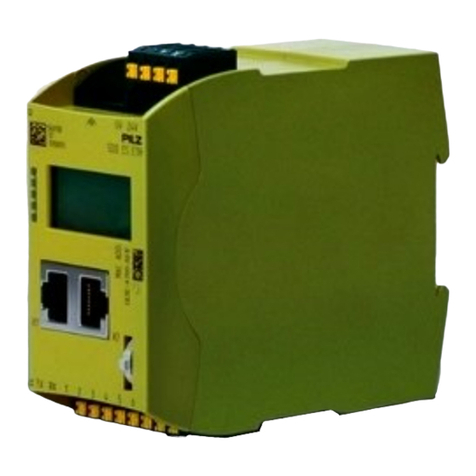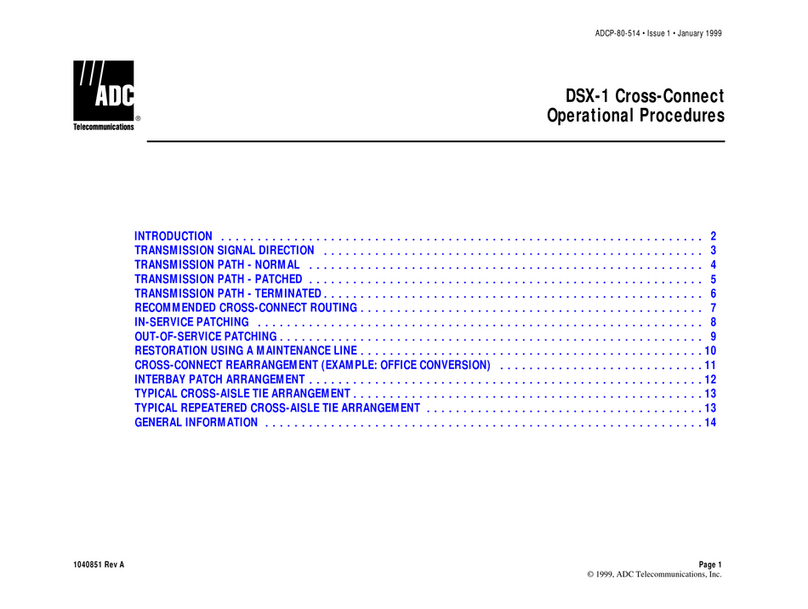
Operating Manual 5
Functions
Inputs
The inputs are suitable for connecting single and dual-channel input
devices, with or without test pulses.
Input signals must show a “High” of 24 VDC (+15 ... +30 VDC) and a “Low”
of 0 VDC (-3 ... +5 VDC). All inputs have input filters.
Input status is transmitted to the CPU on the PSS master via SafetyBUS p.
Yellow LEDs indicate the status of the inputs. An LED lights up as soon as
a “1” signal is present at the input.
Diagnostic circuitry checks the function of the inputs, including the input
filter. If an error occurs, all the outputs in the affected I/O group will be
switched off and the I/O-group will switch to a STOP condition. An error
telegram will then be stored on SafetyBUS p and the error will entered in
the PSS SB DI16 error buffer.
Where test pulses are not used, inputs with single-channel input devices
can be used in applications up to and including category 2 in accordance
with EN 954-1; in the case of dual-channel input devices, this extends to
category 3 applications. The device should be suitably wired to eliminate
the risk of a short circuit in the external wiring between the different inputs
and a short to the “Supply”.
Test pulses must be used for applications with single-channel input
devices above category 2 and applications with dual-channel input
devices above category 3.
Connection diagrams can be found in the “PSS SB DI16 Installation
Manual”.
Inputs can be allocated to two I/O-Groups. For further information please
refer to “Operation of the module on SafetyBUS p”.
Detecting signals at the inputs
To guarantee that a signal („0“-Signal or „1“-Signal“) is detected at an
input, it must be present for a certain period of time. This time must be
longer than the Event Timeout configured in the system software PSS
WIN-PRO. The presence of a signal will trigger a corresponding Event
Telegram.





























